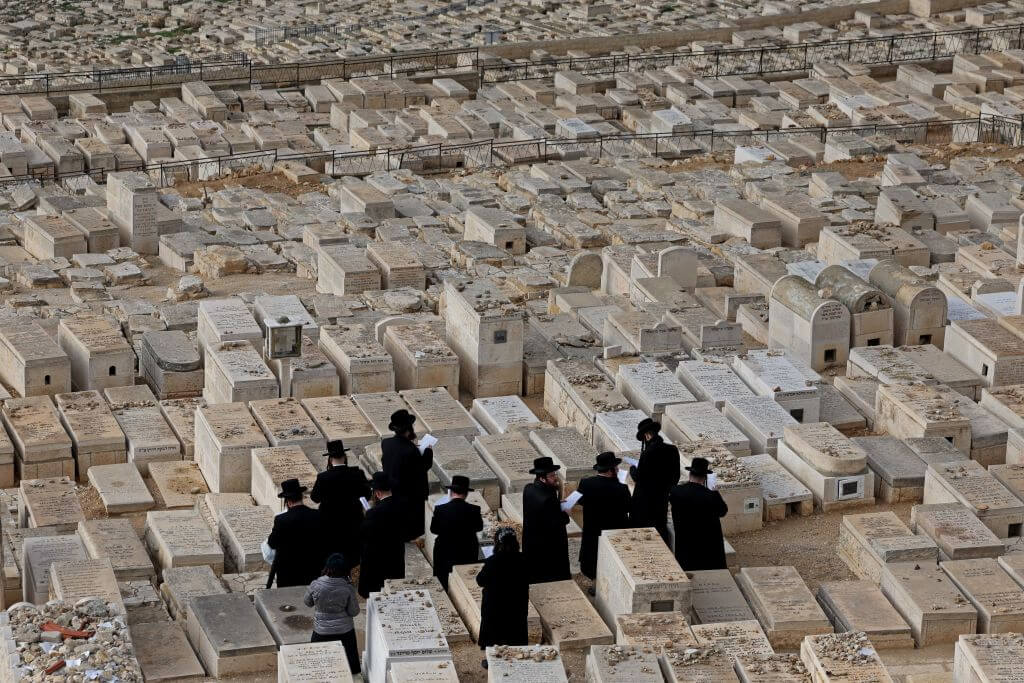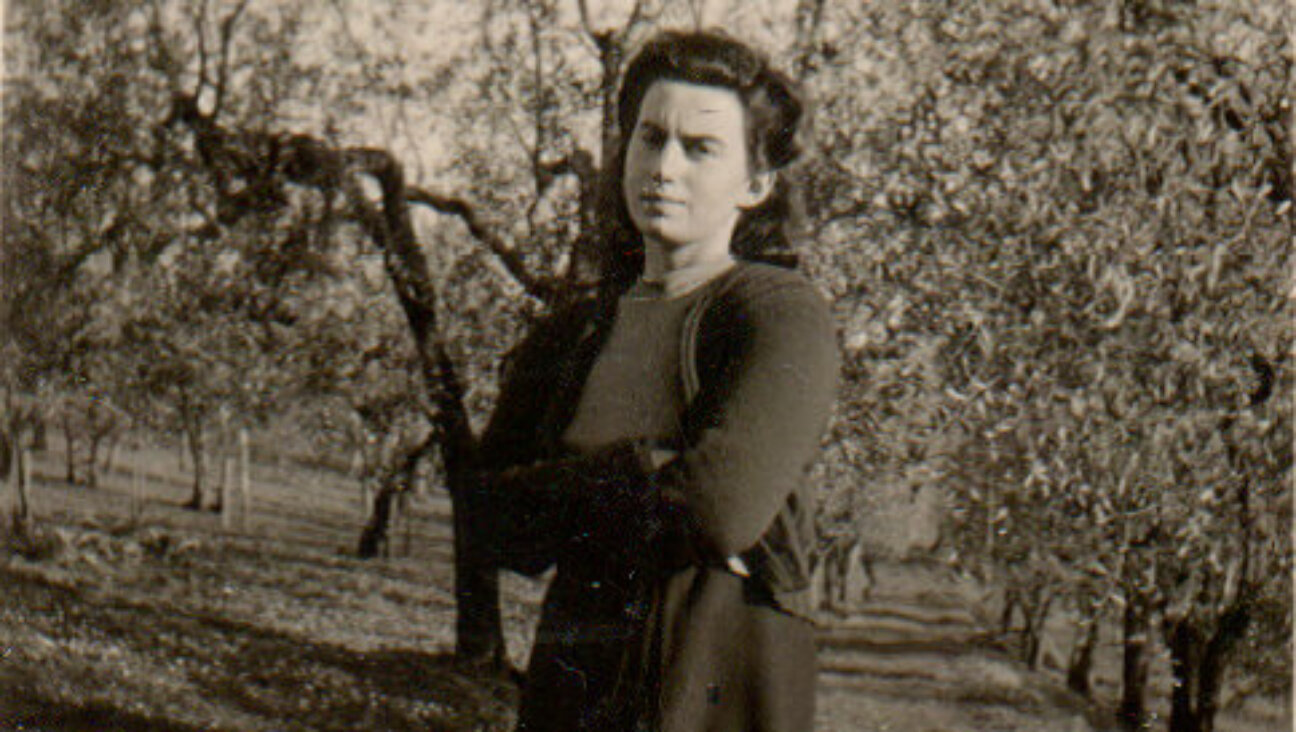What Do A Jewish Broadway King And Pablo Escobar Have In Common? This Dalí Painting

Salvador Dalí in the 1930s. Image by Getty Images/AFP/Stringer
A Jewish theater impresario, an infamous Colombian drug lord and a Japanese businessman are connected by a curious dance of life and death – more specifically “The Dance” a 1957 painting by Spanish surrealist Salvador Dalí.
The New York Times reports that the chain of ownership of the artwork, which depicts two twisted, faceless figures locked in struggle before a barren vista, has been given greater context in a new book “Pablo Escobar: My Life and My Prison” by Victoria Eugenia Henao, Colombian drug czar Pablo Escobar’s widow.
At Henao and Escobar’s apartment in Medellín, the painting survived a 1988 targeted car bombing. It wasn’t the first time the piece rose from the ashes and it wouldn’t be the last.
The painting, originally titled “Art of Boogie-Woogie” was first brought to life in 1944 in a small room in the soon-to-be opened Ziegfield Theater. Billy Rose, a prolific producer, showman and lyricist had commissioned Dalí to paint a series depicting the Spaniard’s impressions of various performing arts. Rose, whose Zionist involvement and heroics have been noted in the Forward, owned the Ziegfield and had “Art of Boogie-Woogie” and other works from the series hung in the lobby for the premiere of the theater’s first production, a musical revue called “Seven Lively Arts.”
At some later date Rose moved the painting, which showed a danse macabre between several distorted figures around a flaming tuba, to his home in Mount Kisco in New York’s Westchester County. In 1956, a fire ravaged Rose’s home, taking the painting with it.
Dalí repainted “Art of Boogie-Woogie” as “The Dance” in Spain for the same price as the original New York-composed commission. From here the chain of ownership gets fuzzy. Rose, who died in 1966, sold the painting and, whoever purchased it auctioned it off at Sotheby’s in New York in 1985.
Henao doesn’t specify in her book if she was the one who bought the artwork at Sotheby’s for $209,000, but by 1988 it had found its way to her apartment in Medellín.
“It seemed incredible to me,” Henao wrote in her book, translated in The Times, “that at my 22 years of age I could have such a work of art in my house.”
According to Henao, who narrowly escaped the 1988 car bomb attack that destroyed the apartment but not “The Dance,” the painting became a talisman for those close to Escobar. After the attack it was kept in the family, relocated to Henao’s sister’s home in another Medellín neighborhood. It was there that the restored painting nearly met the fate of its predecessor.
In 1993 Los Pepes, a vigilante group that had targeted Escobar, set Henao’s sister’s home on fire. But the arsonists must have been aware of the painting’s value. They stole “The Dance” (also known as “Rock ’n’ Roll”) and following Escobar’s death in December of that same year, offered to return it to Henao to help offset the debts owed to her late husband’s enemies. She wrote that she refused the offering, fearing Los Pepes would continue to view her as an a threat for accepting it. Henao must have placated Escobar’s rivals, as she was eventually able to escape with her family to Argentina.
By 1994 “The Dance” was up for auction at Sotheby’s in London. In the catalog, The Times reports the named previous owners included Billy Rose and another collector. The seller was not listed, and neither was Escobar. 40 years and one recreation later, the painting was sold for an undisclosed amount to Teizo Morohashi, founder of the XEBIO Corporation, a sporting goods retailer.
The painting, passed down through these unlikely fellow collectors, has been on display at the Morohashi Museum of Modern Art in the Fukushima region of Japan since 1999. Its new home, the recent site of a 2011 nuclear disaster, fits the painting’s internationally tenacious tale of survival.
PJ Grisar is the Forward’s culture intern. He can be reached at [email protected].
The Forward is free to read, but it isn’t free to produce

I hope you appreciated this article. Before you go, I’d like to ask you to please support the Forward.
Now more than ever, American Jews need independent news they can trust, with reporting driven by truth, not ideology. We serve you, not any ideological agenda.
At a time when other newsrooms are closing or cutting back, the Forward has removed its paywall and invested additional resources to report on the ground from Israel and around the U.S. on the impact of the war, rising antisemitism and polarized discourse.
This is a great time to support independent Jewish journalism you rely on. Make a gift today!
— Rachel Fishman Feddersen, Publisher and CEO
Support our mission to tell the Jewish story fully and fairly.
Most Popular
- 1

Fast Forward Ye debuts ‘Heil Hitler’ music video that includes a sample of a Hitler speech
- 2

Opinion It looks like Israel totally underestimated Trump
- 3
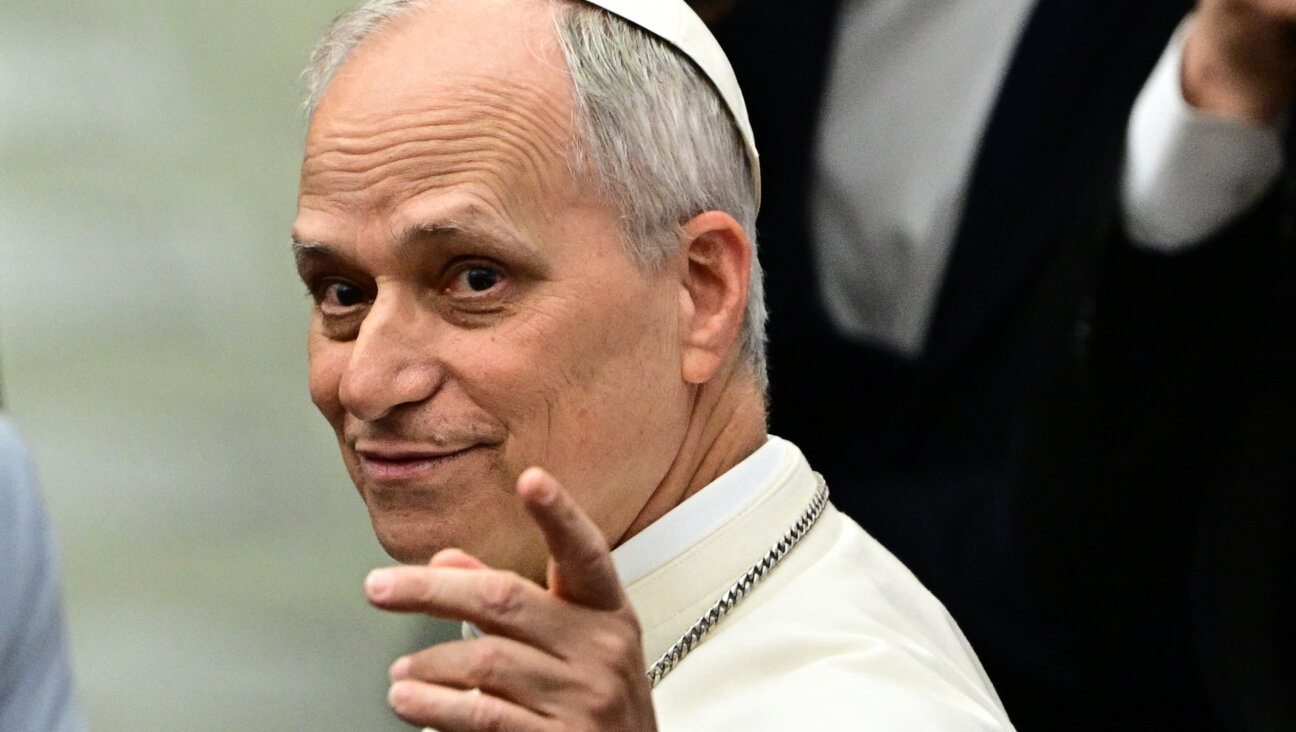
Culture Is Pope Leo Jewish? Ask his distant cousins — like me
- 4

Fast Forward Student suspended for ‘F— the Jews’ video defends himself on antisemitic podcast
In Case You Missed It
-
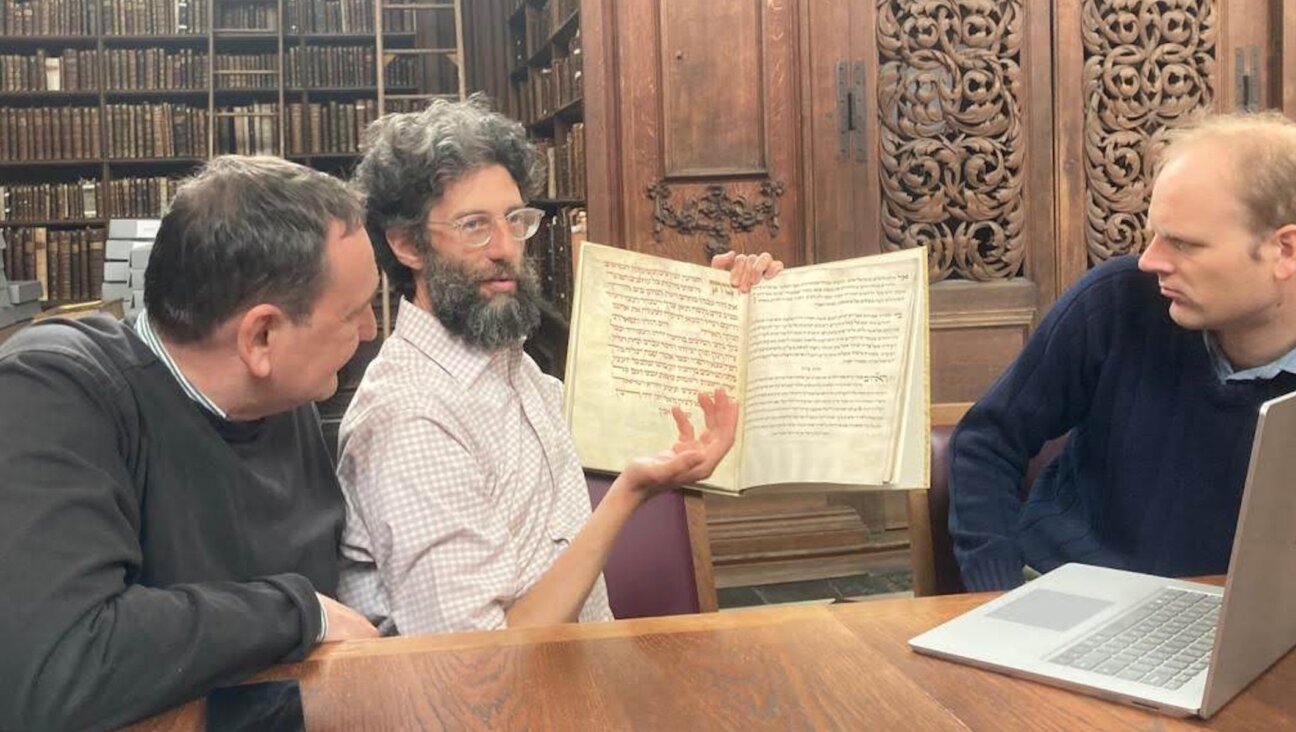
Fast Forward For the first time since Henry VIII created the role, a Jew will helm Hebrew studies at Cambridge
-
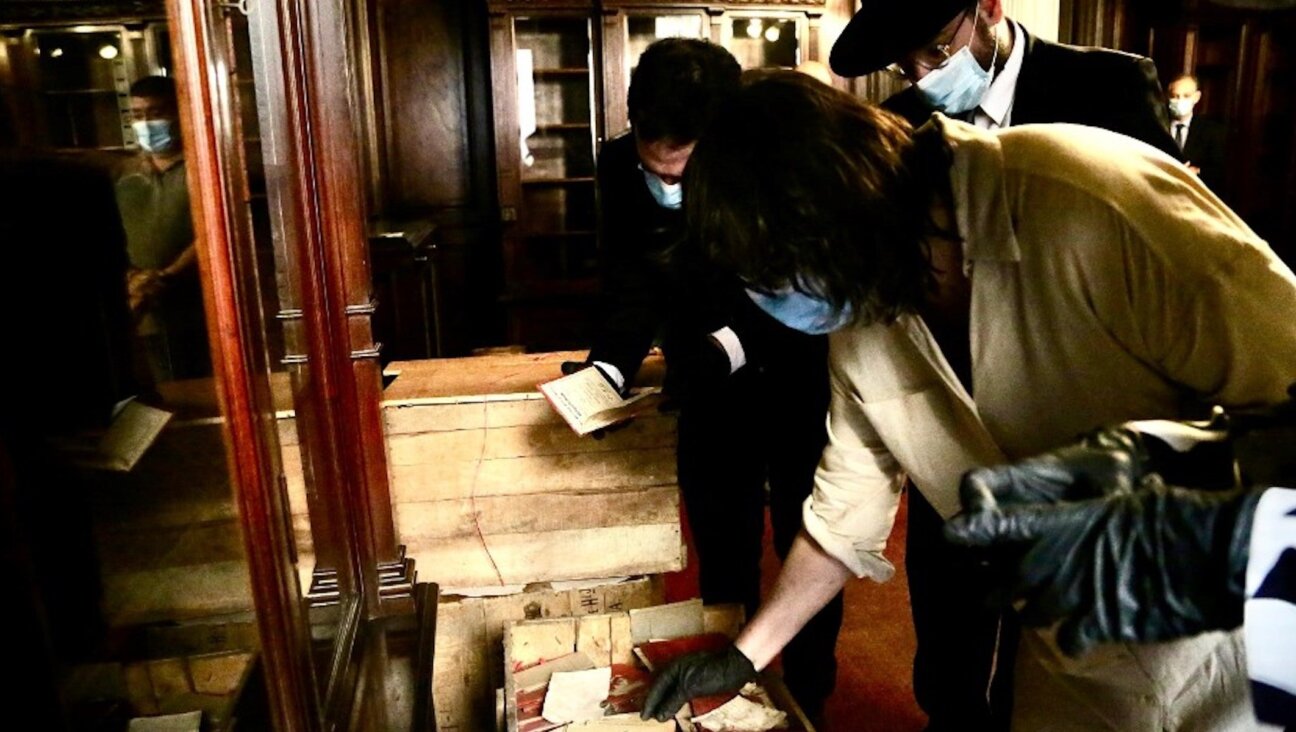
Fast Forward Argentine Supreme Court discovers over 80 boxes of forgotten Nazi documents
-
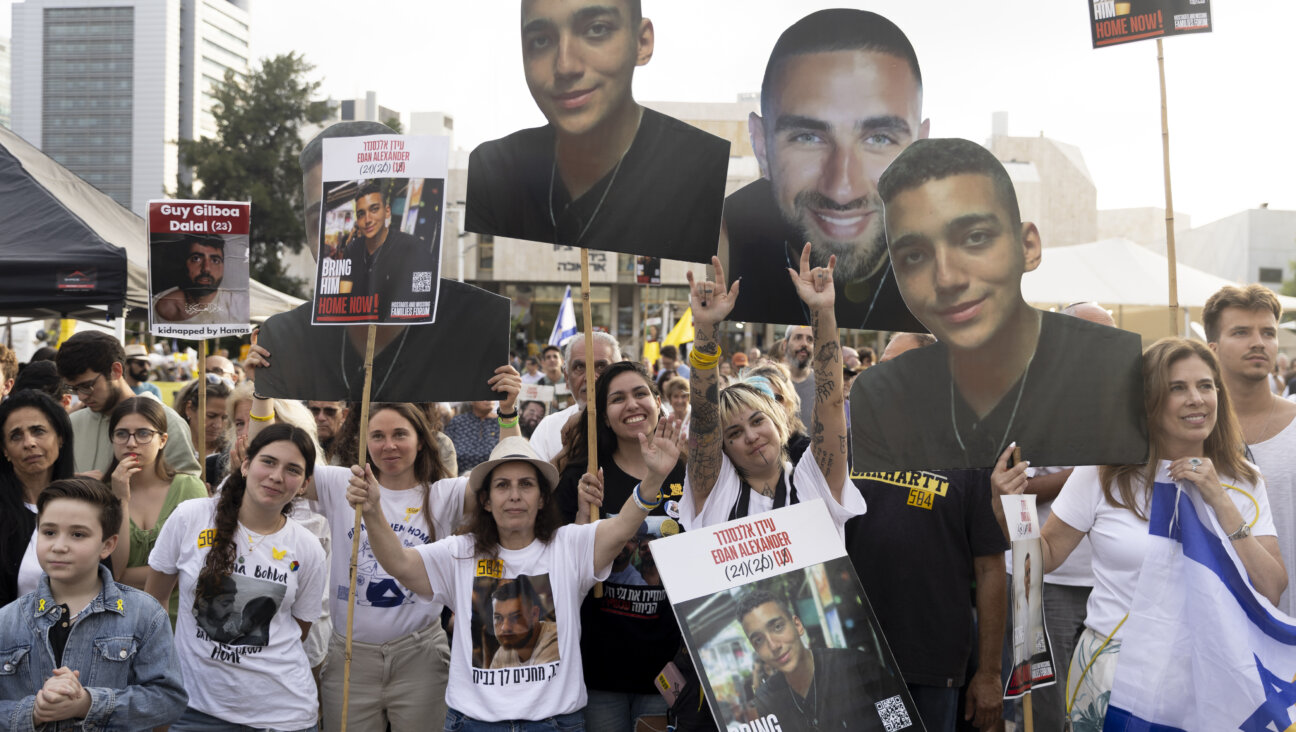
News In Edan Alexander’s hometown in New Jersey, months of fear and anguish give way to joy and relief
-

Fast Forward What’s next for suspended student who posted ‘F— the Jews’ video? An alt-right media tour
-
Shop the Forward Store
100% of profits support our journalism
Republish This Story
Please read before republishing
We’re happy to make this story available to republish for free, unless it originated with JTA, Haaretz or another publication (as indicated on the article) and as long as you follow our guidelines.
You must comply with the following:
- Credit the Forward
- Retain our pixel
- Preserve our canonical link in Google search
- Add a noindex tag in Google search
See our full guidelines for more information, and this guide for detail about canonical URLs.
To republish, copy the HTML by clicking on the yellow button to the right; it includes our tracking pixel, all paragraph styles and hyperlinks, the author byline and credit to the Forward. It does not include images; to avoid copyright violations, you must add them manually, following our guidelines. Please email us at [email protected], subject line “republish,” with any questions or to let us know what stories you’re picking up.








